Breaking Travel News investigates: Havana, a city that fell asleep
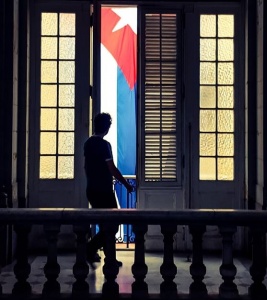
For generations Cuba has been a tantalising prospect for American travellers, always just out of reach across the Straits of Florida.
Situated less than 100 miles from Miami, the destination is geographically close, but politically distant.
Of course this is has been changing since late 2014, with US president Barak Obama working to lift restrictions on commerce, communication and tourism between the two countries.
But much remains to be done.
While the long-standing ban on travel to the Caribbean islands has been partially lifted, American visitors must still participate in group tours that allow “people to people” contact.
American guests must also still travel with a Cuban tour operator, and one recognised by the US State Department at that, while purely recreational activities - like visiting the beach or scuba diving – remain off limits.
US citizens still cannot simply hop on a flight or book a hotel.
To a certain extent, however, these developments are a sideshow to the real story; Cuban tourism has been doing just fine without the US.
Nearly three million international visitors touched down during 2014, according the latest figures from the United Nations World Tourism Organisation, with the numbers set to increase when the data is released for 2015 later this year.
This puts Cuba behind only the Dominican Republic and Puerto Rico among Caribbean holiday hotspots and ahead of other powerhouses such as Jamaica, the Bahamas and Aruba.
Canada, Germany, the UK and Spain have all seen big increases in holidaymakers visiting Cuba in recent years, while Mexico and Russia are also growing source markets.
Chinese guests, too, are set to play an important role in the future of the tourism sector in the destination.
Cuba received roughly US$2.5 billion in tourism revenue in 2014 – not high by international standards, but a welcome injection of funds for an island of ten million people long isolated from swathes of the international community.
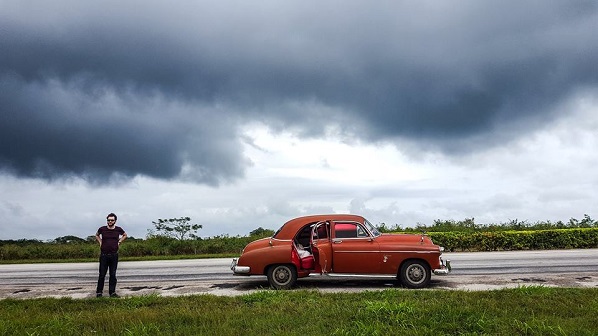
Forward!
But is the island ready for an influx of visitors should the US loosen restrictions further?
With even president Obama himself rumoured to be considering a visit during his final year in office, what is the situation like on the ground?
During a recent visit, the picture certainly appeared mixed.
Visitors from Europe will be pleased to find international standard hotels in the streets surrounding the Capitol – including the Spanish-owned Iberostar and Melia chains, while NH Hotels offers a luxurious property on the other side of town.
The venerable Hotel Nacional de Cuba - winner of the title of Cuba’s Leading Hotel at the World Travel Awards – could also compete with any property in the Caribbean.
But below this tier there is a total absence of mid-scale properties.
There is tremendous potential, as political barriers come down, for international accommodation providers to flourish in Havana as guest numbers grow.
Of course, the majority of visitors continue to stay in ‘casas particulares’, private houses, generating wealth for local residents.
But (extremely) variable standards and a difficulty in booking ahead of time can make these unsuitable for holidaymakers looking for convenience or benchmark standards.
Put this concern aside though, and Cuba is ripe for growth.
Indeed, rival Caribbean destinations have been warned by the CHTA they will need to up their games if they are to compete with a newly invigorated Cuba.
As Cuba grows, so the number of visitors to destinations previously popular with Americans could fall.
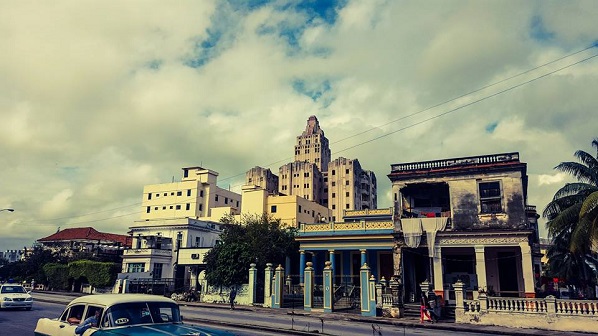
Old Town
For those who do land in Havana, much awaits.
The forts of Castillo de la Real Fuerza, Fortaleza de San Carlos de la Cabaña, and Castillo de los Tres Reyes Magos del Morro dominate the harbour entrance, offering a very affordable grounding in the colourful history of the city.
The ancient battlements illuminate the role Spanish, British and eventually American forces played in shaping modern Cuba, tracing the island’s development back to the arrival of the first European settlers in the 16th century.
From the modern era, the Museo de la Revolucion offers a somewhat lopsided perspective on the recent history of the country, revealing how the Castro revolution of 1953-59 ejected American influences and moved Cuba into the Soviet orbit.
The repercussions of these events are still being felt, with Havana now finally emerging from half a century of decline.
A few streets away in the Old Town one in ten buildings had been rejuvenated, resorted to the glories seen during the booming 1950s.
But much of the area still remains a work in progress.
Here lives are lived on the street; the Havana Old Town has not become a museum, as is so often the case, with local residents still outnumbering the gawping tourists.
The iconic ‘yank tanks’ - a term only used in guidebooks - splutter along the streets, those endlessly repaired American vehicles from before the embargo.
These work horses of the city still perform a vital role, some 60 years since they first took to the road, revealing just how isolated the country has been in recent years.
Few new vehicles are on the roads, with Soviet-era Ladas making up the majority of the traffic.
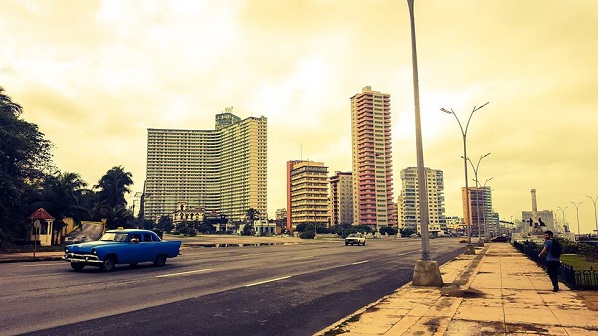
Fine Dining
For all the talk of a ‘culinary revolution’, Havana still has much to learn.
Most of the 1990s was spent in a state of near famine following the withdrawal of support after the collapse of the Soviet Union - the so called ‘Special Period.’
So, in comparison to this, the city is presently enjoying a period of abundance.
But for guests trained on American excess or European style, Havana might come as a little bit of a shock.
A smattering of cutting edge restaurants – including Café O’Reilly and Paladar Doña Eutemia - are reviving the traditions of Caribbean cooking, but away from the main sights, expect a diet of cheese sandwiches and strong rum.
Local beet is cheap, plentiful and freely available, if a little flavourless.
Though, the craft beer revolution sweeping the world has made it to Cerveceria Antiguo Almacen de la Madera y El Tabaco, situated on the amid the warehouses of the disused docks.
Here ‘light’ or ‘dark’ local beers, brewed on the premises compete with any craft ales from the US, and are served in a congenial atmosphere dominated by local salsa musicians.
Rum, though, is the staple diet, and easier to get hold of than bottles of water, or indeed nearly anything else.
Internet connections, too, are a novelty, with life lived almost exclusively offline.
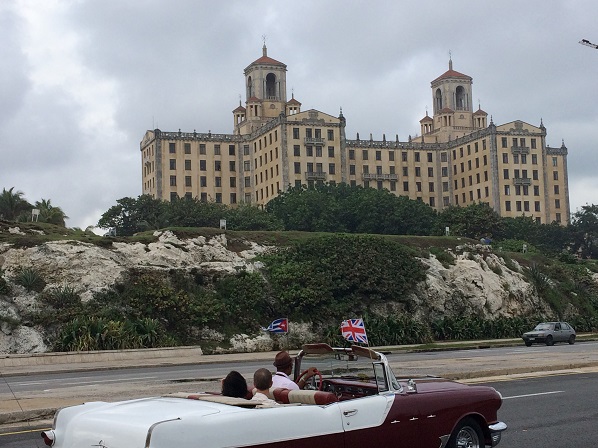
Changes
Cuba, and Havana in particular are changing quickly.
The old adage of ‘going before Castro’ no longer applies – to see a city being reborn, now is the time to go.
With direct flights set to resume in the near future, and Carnival Corporation, the world’s largest cruise operator, also recently revealing plans to begin Cuba sailings from May this year, the capital is taking its place on the international tourist trail.
To see what makes it so special, do not delay.
More Information
For more on visiting Cuba head over to the official tourism website.
Form the UK, Air Europa has a daily service to Havana which departs from London Gatwick at 10:10, with a quick connection in Madrid Terminal 1, departing at 15:00 and getting Cuba at 19:25.
The flight utilises an Airbus 330 and offers passengers Business and Economy Class, with fares starting at £499 until June 30th this year.
Air Europa, the Latin American specialist, is an award winning airline with over two decades of experience in delivering the very best in customer service and in-flight entertainment to its valued customers.
The carrier is also proud to be one of the world’s most punctual airlines.
As a key member of the prestigious SkyTeam global alliance, Air Europa is able to offer passengers’ greater flexibility and choice with access to over 1,057 destinations across 179 countries.
Air Europa also recently announce new additions to its network in Latin America; with a twice weekly service to Asuncion, Paraguay, recently launching, and a daily service to Bogota, capital of Colombia, set for take-off in June this year.

